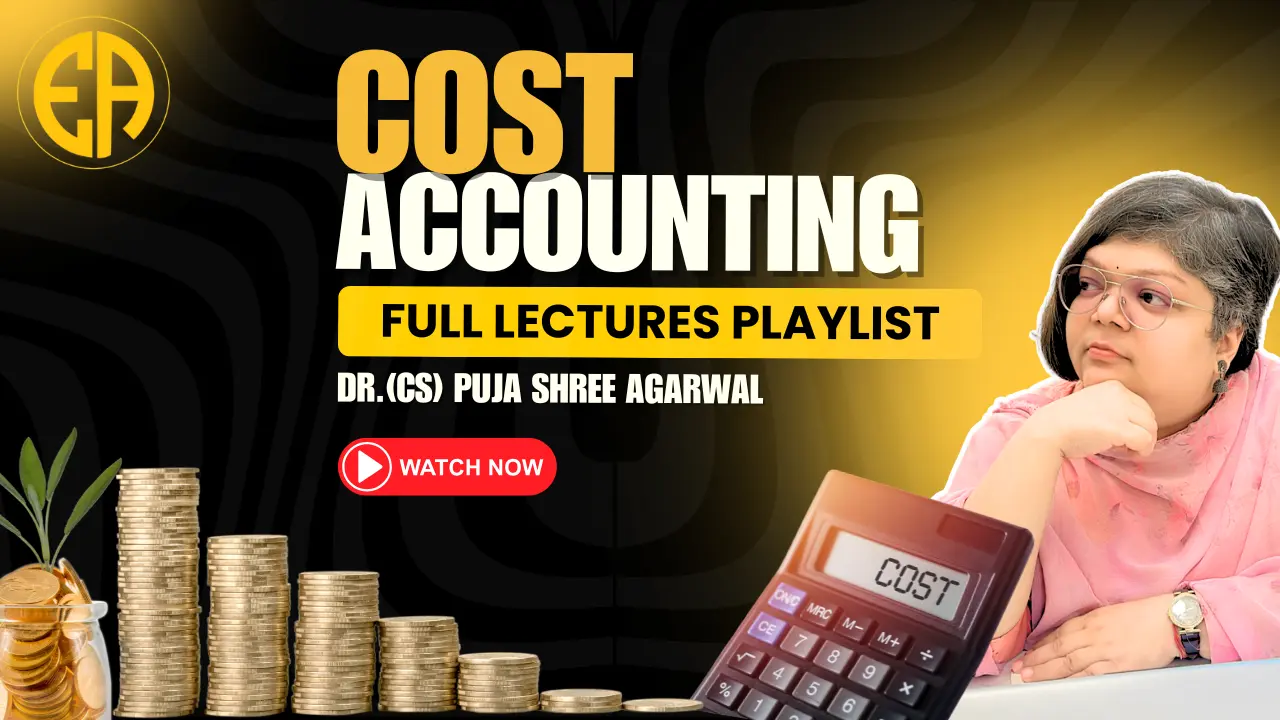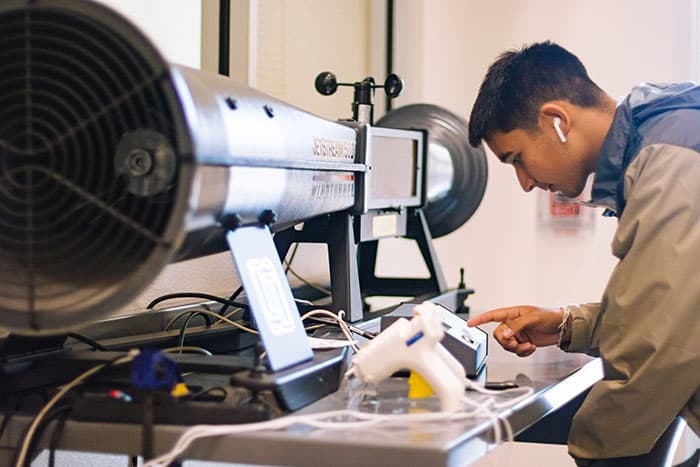Cost Accounting Basics Explained
Inventory Management | Stock Management | Material Cost Full Lectures
Objectives of Cost Accounting
Ascertainment of Cost
The Primary objective Costing is to ascertain the cost of products, services etc. cost may be ascertained by post costing or Continuous costing.
Determination of Selling Price
Cost accounting provides the information regarding the cost to make and sell the product or services produced.
Cost Control
Cost Control aims at maintaining the costs in accordance with the established standard and improving the efficiency.
Ascertaining the profit of each activity
The profit of any activity can be ascertained by matching cost with the revenue of that activity. The purpose under this step is to determine costing profit or loss of any activity on an objective basis.
Classification of the Cost
By Nature or Elements
Material
The substance from which the product is made is known as material.
- Direct material: It refers to those materials which become a major part of the finished product and can be easily traceable to the units.
- Indirect material: All material which is used for purposes ancillary to production and which can be conveniently assigned to specific physical units is termed as indirect materials. Examples, oil, grease, consumable stores, printing and stationary material etc.
Labour
Worker cost for production is called labour cost.
- Direct labour: It is defined as the wages paid to workers who are engaged in the production process whose time can be conveniently and economically traceable to units of products.
- Indirect labour: Labour employed for the purpose of carrying and tasks incidental to goods or services provided, is indirect labour. It cannot be practically traced to specific units of output. Examples, wages of store-keepers, foreman, time-keepers, supervisors, inspectors etc.
Expenses
- Direct expenses: These expenses are incurred on a specific cost unit and identifiable with the cost unit. Examples are cost of special layout, design or drawings, hiring of a particular tool or equipment for a job; fees paid to consultants in connection with a job etc.
- Indirect expenses: These are expenses which cannot be directly, conveniently and wholly allocated to cost centre or cost units. Examples are rent, rates and taxes, insurance, power, lighting and heating, depreciation etc.
NOTES
- It is to be noted that the term overheads has a wider meaning than the term indirect expenses.
- Overheads include the cost of indirect material, indirect labour and indirect expenses. overheads may be classified as (a) production or manufacturing overheads, (b) administration overheads, (c) selling overheads, and (d) distribution overheads.
By Degree of Traceability to the Products
Cost can be distinguished as direct and indirect.
- Costs which can be easily traceable to a product or some specific activity are called direct costs.
- Indirect costs are difficult to trace to a single product or it is uneconomic to do so. They are common to several products, e.g. salary of a factory manager.
Cost Unit
- The CIMA London defines a unit of cost as “a unit of product or service in relation to which costs are ascertained”.
- A cost unit is a devise for the purpose of breaking up or separating costs into smaller sub-divisions. -These smaller sub-divisions are attributed to products or services to determine product cost or service cost or cost of time spent for a particular job etc.
- The forms of measurement used as cost units are usually the units of physical measurements like number, weight, area, length, value, time etc.



